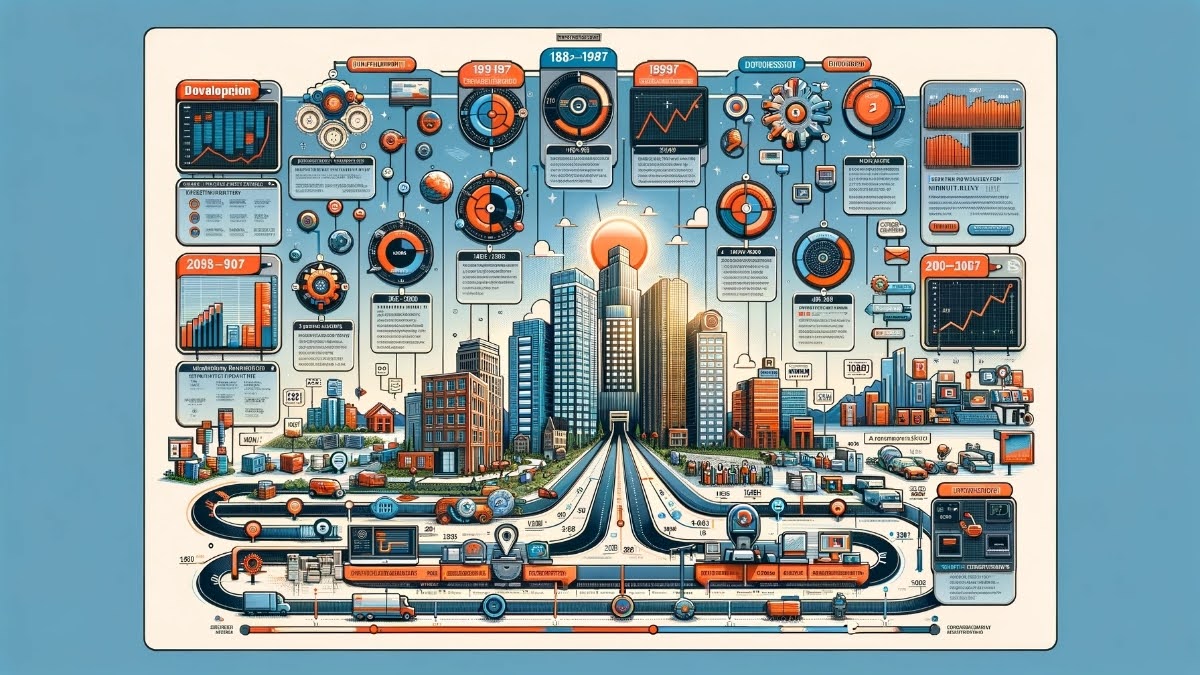
Introduction
In the modern era, technology has become an integral part of every lifestyle, including that of nomads. These wanderers, whether traditional or digital, are redefining how to hack technology to suit their mobile and unconventional way of living. From leveraging portable devices to harnessing renewable energy sources, nomads are pioneering tech innovations to thrive on the move.
This article explores the ingenious ways nomads utilize technology, from connectivity solutions to sustainable energy practices, emphasizing their adaptability and resourcefulness.
1. Gadgets for a Nomadic Lifestyle in Technology
One of the most essential aspects of nomadic living is portability. Nomads hack technology by adopting compact, lightweight gadgets that provide maximum functionality. Some of these include:
- Solar-Powered Chargers: These ensure uninterrupted power supply in remote areas.
- Compact Laptops and Tablets: Devices like ultrabooks and tablets are easy to carry and perfect for digital nomads.
- Multi-Functional Tools: Gadgets combining features like Wi-Fi hotspots, battery packs, and storage are highly valued.
The focus on portable technology highlights the nomads’ need for efficiency and convenience.
2. Connectivity on the Go for Technology
Staying connected is a significant challenge for nomads. However, they hack technology by using innovative methods to ensure constant communication:
- Mobile Hotspots: Pocket-sized routers enable internet access anywhere, making them a staple for digital nomads.
- Satellite Internet Services: Tools like Starlink provide connectivity even in the most remote areas.
- SIM Cards with Global Coverage: These allow access to cellular networks worldwide, minimizing connectivity issues.
With these solutions, nomads bridge the digital divide, ensuring they remain linked to the rest of the world.
3. Harnessing Renewable Energy
Sustainability is a core concern for nomads. They hack technology by embracing renewable energy sources to power their devices:
- Solar Panels and Generators: Portable solar panels provide clean energy, making them ideal for off-grid living.
- Wind Turbines: Some nomads utilize compact wind turbines for additional energy generation.
- Energy-Efficient Devices: Many opt for gadgets designed to consume minimal power, extending the usability of renewable resources.
These practices underscore the eco-conscious approach of nomads in hacking technology to minimize their environmental impact.
4. Innovative Transportation Solutions
Mobility is at the heart of a nomadic lifestyle. To enhance their travel experience, nomads employ technological hacks in transportation:
- Electric and Hybrid Vehicles: These vehicles reduce dependency on fossil fuels and offer quiet, sustainable travel options.
- Foldable Bikes and Electric Scooters: Compact and easy to transport, these vehicles are perfect for short distances.
- GPS Devices and Apps: Tools like Google Maps and offline GPS systems help nomads navigate unfamiliar terrains.
By optimizing their means of transport, nomads ensure smoother and more efficient travel experiences.
5. Technology for Shelter and Comfort
Nomads hack technology to improve their living conditions, even in makeshift shelters:
- Smart Tents: Equipped with solar panels, lighting, and temperature controls, these tents offer comfort on the go.
- Portable Water Purifiers: Advanced filtration systems allow access to safe drinking water in remote areas.
- Compact Cooking Appliances: Induction stoves and portable grills ensure healthy meals without requiring large setups.
These innovations demonstrate how technology can transform basic needs into seamless solutions for nomads.
6. Financial and Administrative Tools
Managing finances and official documents while constantly moving is another area where nomads hack technology:
- Cryptocurrency Wallets: Many nomads use digital currencies for secure, borderless transactions.
- Cloud Storage: Important documents and files are stored online for easy access anywhere.
- Mobile Banking Apps: These apps simplify managing accounts and transferring funds globally.
By utilizing these tools, nomads overcome administrative challenges, ensuring smooth financial operations.
7. The Role of Community and Networking Platforms
Technology also enables nomads to connect with like-minded individuals and share resources:
- Nomadic Communities Online: Platforms like Couchsurfing and Workaway provide support and networking opportunities.
- Social Media and Forums: Nomads use these to share tips, experiences, and tech hacks.
- Collaborative Apps: Tools like Trello and Slack are popular among digital nomads for remote work collaboration.
This sense of community fosters innovation and ensures a supportive ecosystem for nomadic lifestyles.
Conclusion
Nomads exemplify adaptability by hacking technology to overcome the challenges of their mobile lives. From portable gadgets and renewable energy to innovative transportation and financial tools, their technological hacks enhance efficiency, sustainability, and connectivity.
As technology continues to evolve, nomads are likely to discover even more ingenious solutions, inspiring others to embrace a lifestyle defined by freedom and innovation. Their journey not only showcases resilience but also highlights the transformative power of technology in redefining traditional living norms.








